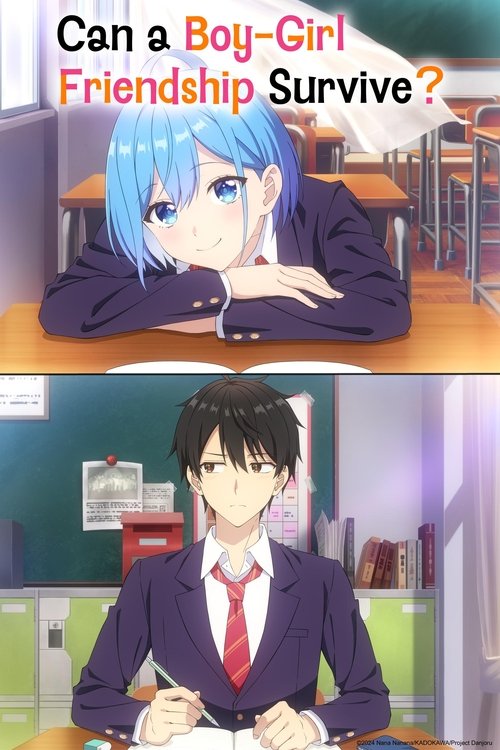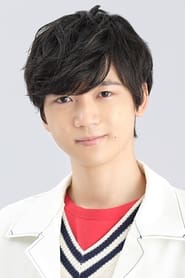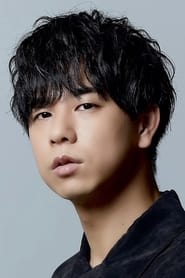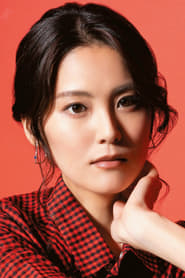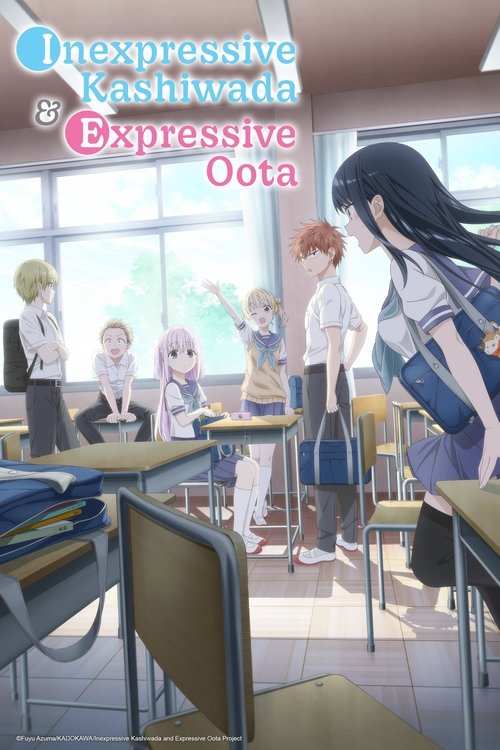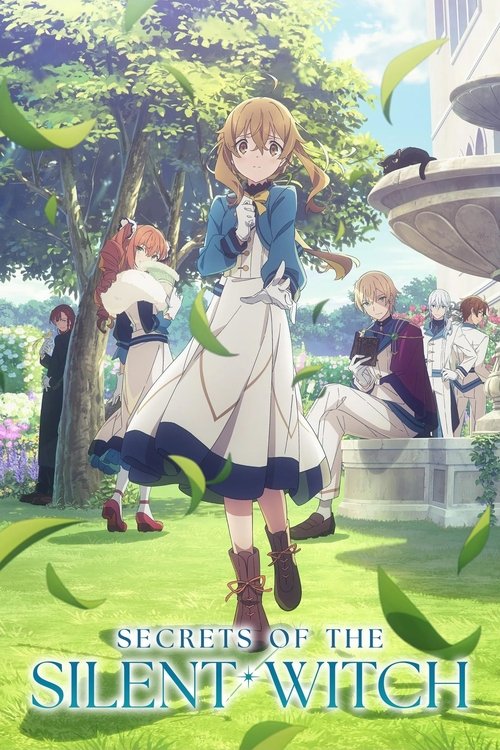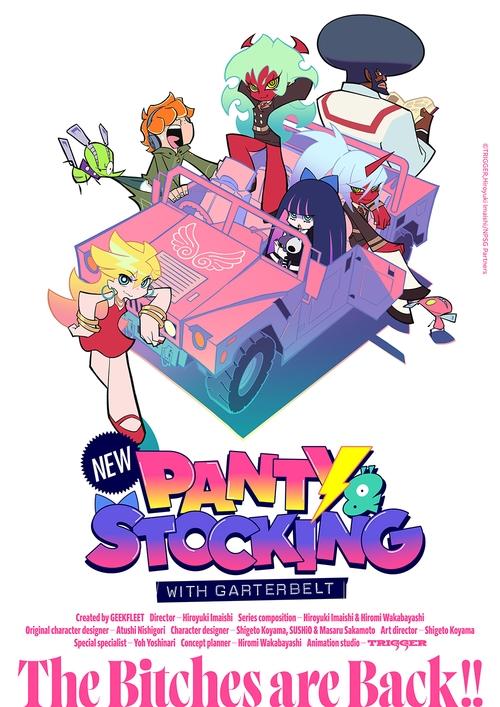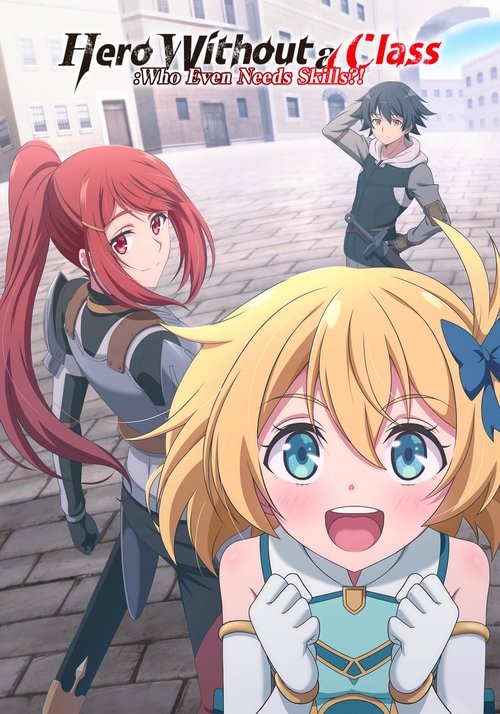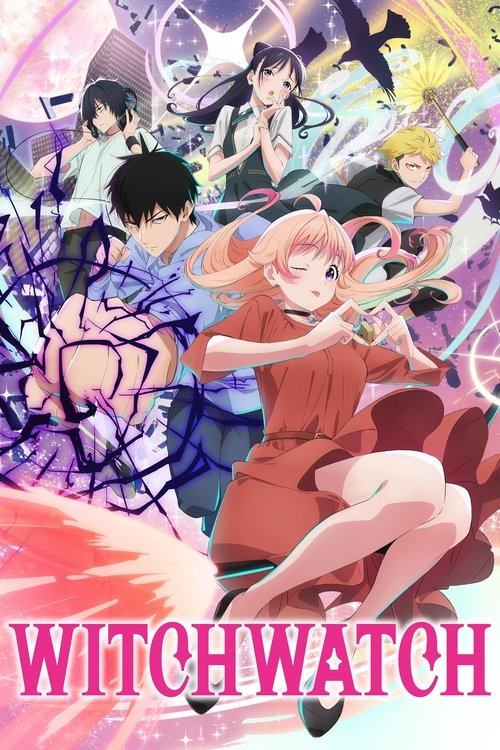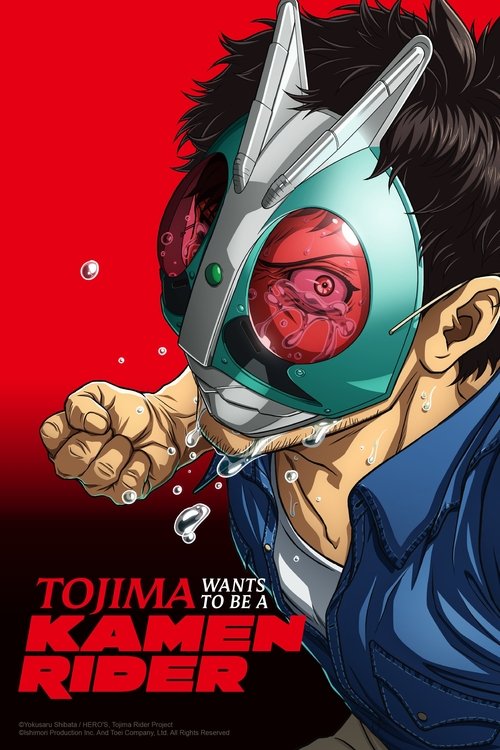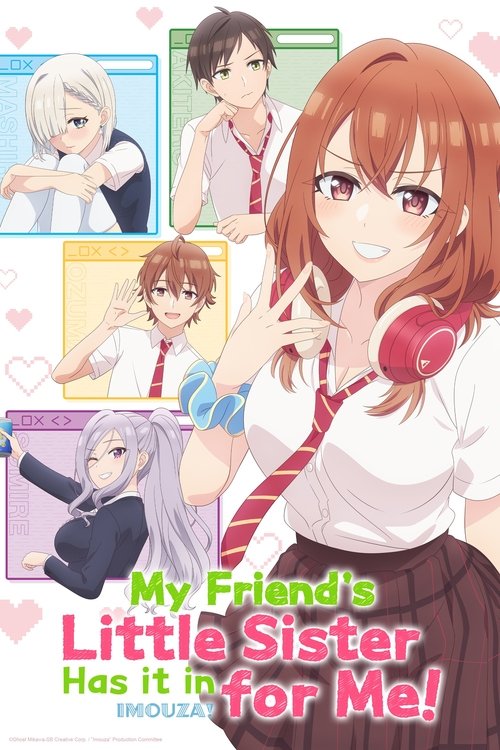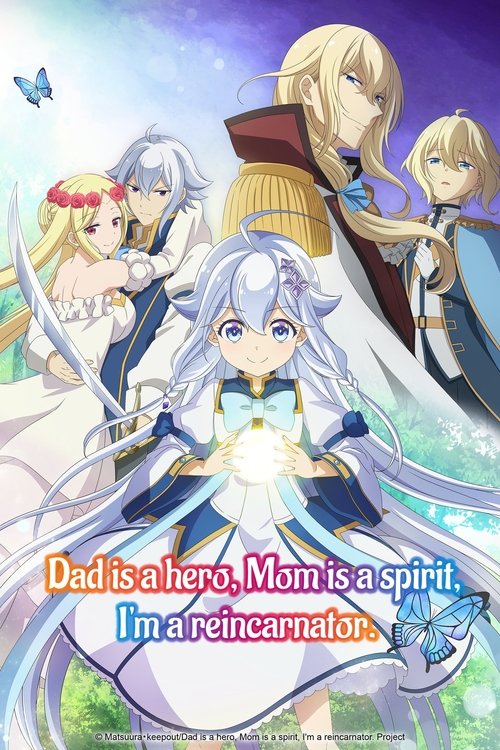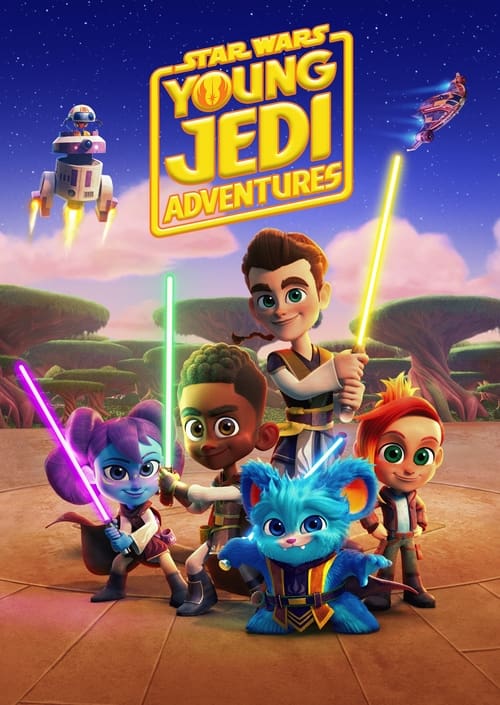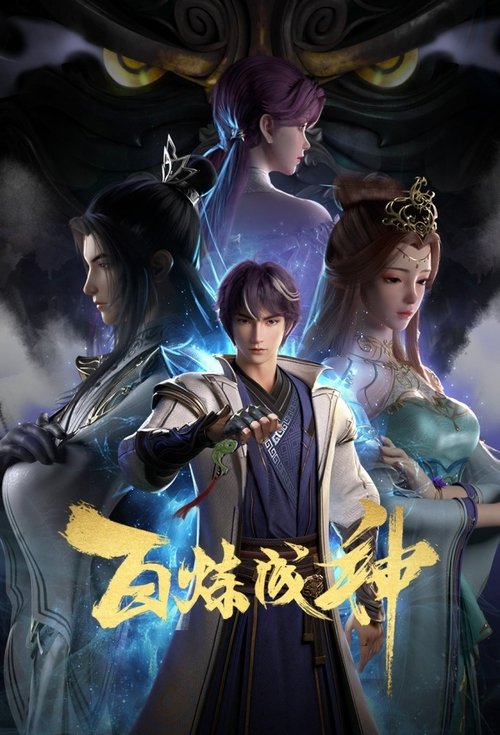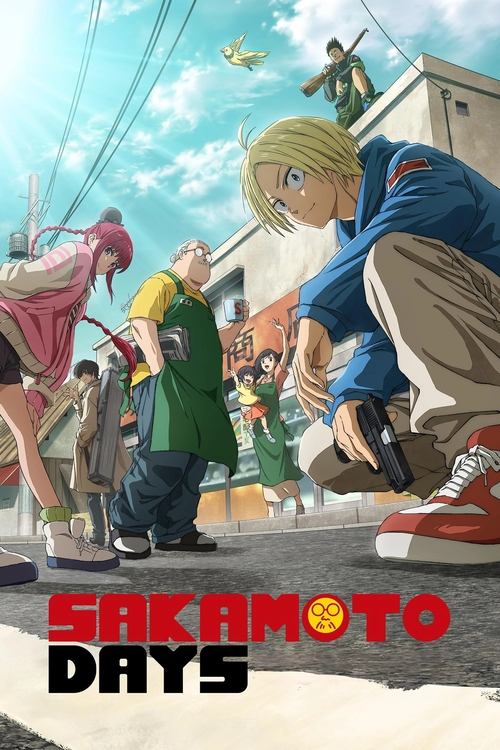
Ask Your Own Question
What is the plot?
The story begins with Yū Natsume, a shy high school boy passionate about flowers and aspiring to become a flower accessory maker. His best friend, Himari Inuzuka, is energetic and bubbly; they have sworn to remain best friends forever since middle school. Himari often models Yū's flower accessories, supporting his dream. Their friendship is close but complicated by unspoken romantic feelings, especially from Himari's side.
Yū's childhood friend and first crush, Rion Enomoto, reenters his life. Rion openly confesses her feelings for Yū multiple times, but Yū remains oblivious, focused instead on Himari. Yū's friend Shinji Makishima, a womanizer who previously dated Himari in middle school, acts as an antagonist. Shinji tries to push Yū and Rion together, partly to repay a favor to Rion, and often sabotages Yū and Himari's relationship.
Himari, desperate to gain Yū's romantic attention, impulsively joins a modeling agency linked to Rion's older sister, Kureha. However, she quickly regrets this decision and breaks the contract, which causes her to become indebted to Kureha. This debt adds tension to the story and complicates Himari's efforts to get closer to Yū.
Yū is urged by Shinji to make Rion his main model for an advertising campaign. Himari becomes upset and confronts Yū, leading to an argument where Yū admits that Himari's recent teasing and kisses make him uncomfortable and even creeped out. Frustrated by Yū's rejection, Himari humiliates him publicly, declaring they are splitting up and that she never wants to speak to him again. This shocks Yū deeply.
After the fallout, Himari distances herself from Yū, trying to give him space to be alone with Rion. She provocatively suggests practicing kissing with Yū, causing Rion to leave awkwardly. When Yū tries to scold Himari, she questions whether they should really kiss since Rion believes they already have. Yū almost gives in but realizes it is a prank, disappointing Himari.
Shinji expresses confusion about why Yū does not just date Rion, but becomes intrigued when Yū describes Himari's sudden change in behavior. Yū completes red tulip accessories for Rion to model, but the experience feels hollow compared to when Himari models them. Yū decides to do a photoshoot with Rion as the Queen of the Night, a symbolic role.
Himari asks Yū to make a tulip accessory for her, knowing tulips represent romantic confessions. Despite realizing his attraction to her, Yū declines and instead gives her a necklace symbolizing friendship. Himari is deeply hurt by this rejection and finally acknowledges that she has been in love with Yū since they first met. However, she believes Yū only sees her as a friend.
The story ends with Himari's emotional realization of her love and Yū's continued obliviousness to her feelings, leaving their friendship and potential romance unresolved but charged with tension. Shinji's manipulations and the love triangle with Rion remain central to the ongoing conflict between the characters.
More TV Shows Like This
Browse All TV Shows →
What is the ending?
The ending of Can a Boy-Girl Friendship Survive? (2025) concludes with Yuu and Himari parting ways emotionally and physically but promising to maintain their bond and shared dream despite the distance. They agree to walk separate paths for now, focusing on personal growth, with the hope of meeting again in the future, whether as friends or something more. The finale closes on a tender, bittersweet note, emphasizing the endurance of their connection beyond immediate romance.
The final episode unfolds with Yuu and Himari facing the reality of their diverging futures. The scene opens with a quiet, reflective atmosphere as Himari expresses guilt for disrupting Yuu's focus on his dreams. She spends one last day with him, during which she asks him not to cheat while she is away, signaling both her lingering feelings and the complexity of their relationship.
Yuu, overwhelmed by the situation, offers to give up his dream to stay with Himari, but she refuses this sacrifice. Instead, she insists that to build a future together, they must accept walking separate paths for the time being. This conversation is intimate and emotionally charged, highlighting their mutual respect and care despite the pain of separation.
They make a promise to meet again, leaving open the possibility of rekindling their relationship either as friends or as something more romantic. The parting is gentle but filled with unspoken emotions, underscoring the bittersweet nature of their farewell.
Meanwhile, other characters such as Rion and Shinji are present in the background of the story's resolution but do not directly alter the final emotional core between Yuu and Himari. Rion's role as a potential romantic interest is acknowledged but ultimately set aside, reinforcing the focus on Yuu and Himari's unique bond.
The episode closes with a lingering sense of hope and unresolved tension, as the characters' futures remain open-ended but their connection endures. Yuu and Himari's fate is one of temporary separation with a promise of reunion, emphasizing themes of personal growth, the complexity of relationships, and the resilience of true bonds.
In summary, the main characters at the story's end are:
- Yuu: Committed to pursuing his dream but emotionally tied to Himari, willing to wait and maintain their bond.
- Himari: Accepts the need for distance to allow both to grow, deeply affected but resolute in her decision.
- Rion: Present as a secondary figure, her role as a romantic interest is acknowledged but not pursued.
- Shinji: Observes the dynamics but does not influence the final resolution.
The story closes without a definitive romantic resolution but with a mature acknowledgment of friendship, love, and the necessity of individual paths before a possible future together.
Is there a post-credit scene?
The TV show Can a Boy-Girl Friendship Survive? (2025) does not have any confirmed post-credit scenes. Available detailed episode summaries and reviews, including coverage of the final episode, do not mention or describe any post-credit or after-credits scenes following the season finale or any other episode. The story concludes with the resolution of the main romantic and friendship conflicts, and no additional scenes after the credits have been reported or highlighted by viewers or reviewers.
What causes the initial rift between Yu and Himari in the story?
The initial rift between Yu and Himari occurs after an argument over the accessory model incident, where Himari becomes upset and declares she is moving to Tokyo to work as a model. Yu, in anger, breaks Himari's choker, which causes her to run away crying and widens the rift between them.
How does Yu's relationship with Rion complicate his friendship with Himari?
Yu's relationship with Rion complicates his friendship with Himari because Rion is a girl who Yu is encouraged to make his main model for advertising, which upsets Himari. Himari teases Yu with kisses and then humiliates him in front of others after he rejects her, leading to tension. Yu also feels conflicted as he is attracted to Himari but declines to make a romantic accessory for her, preferring to symbolize friendship, which deeply upsets Himari.
What role does Shinji play in the dynamics between Yu, Himari, and Rion?
Shinji, a serial womanizer and Yu's friend, is childhood friends with Rion and helps arrange for Yu to repair a bracelet. He is confused why Yu doesn't just date Rion and becomes intrigued by Himari's sudden change in behavior, acting as a catalyst in the evolving relationships among the three.
How does Yu's academic performance affect his relationship with Himari?
Yu becomes so engrossed in making accessories that he submits an almost-blank exam paper, leading to a warning from his homeroom teacher that he might have to repeat the year or face expulsion if he fails the make-up exam. To prepare, Yu stays over at Himari's house, which brings them closer again and affects their relationship dynamic.
What is the significance of the tulip accessories Yu makes, and how do they relate to the characters' feelings?
Tulips represent romantic confessions in the story. Yu finishes red tulip accessories for Rion to model, but the experience feels the same as when Himari models them. Himari asks Yu to make a tulip accessory for her, but he declines, giving her a necklace symbolizing friendship instead. This rejection makes Himari realize she has been in love with Yu all along, highlighting the complex emotions between them.
Is this family friendly?
The TV show Can a Boy-Girl Friendship Survive? (2025) is rated TV-14, indicating it is generally suitable for teenagers and older viewers but may not be fully appropriate for younger children or very sensitive audiences.
Potentially objectionable or upsetting aspects include:
- Emotional conflict and romantic tension: The series explores complex feelings between close friends, including unrequited love, jealousy, and relationship struggles, which may be emotionally intense for some viewers.
- Arguments and emotional distress: Scenes involve characters experiencing hurt feelings, misunderstandings, and breakups of friendship, which could be upsetting for sensitive viewers.
- Mild teasing and awkward situations: There are moments of teasing and awkwardness related to romantic feelings and social interactions, but no explicit content or violence is indicated in the available information.
No explicit violence, strong language, or sexual content is reported in the sources, but the emotional themes and teenage relationship dynamics might require parental guidance for younger children or those sensitive to emotional drama.

